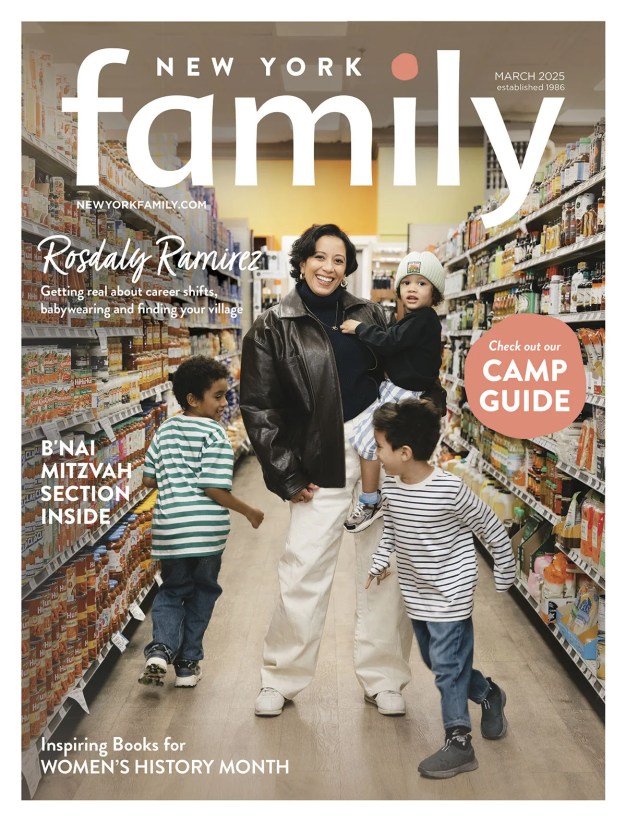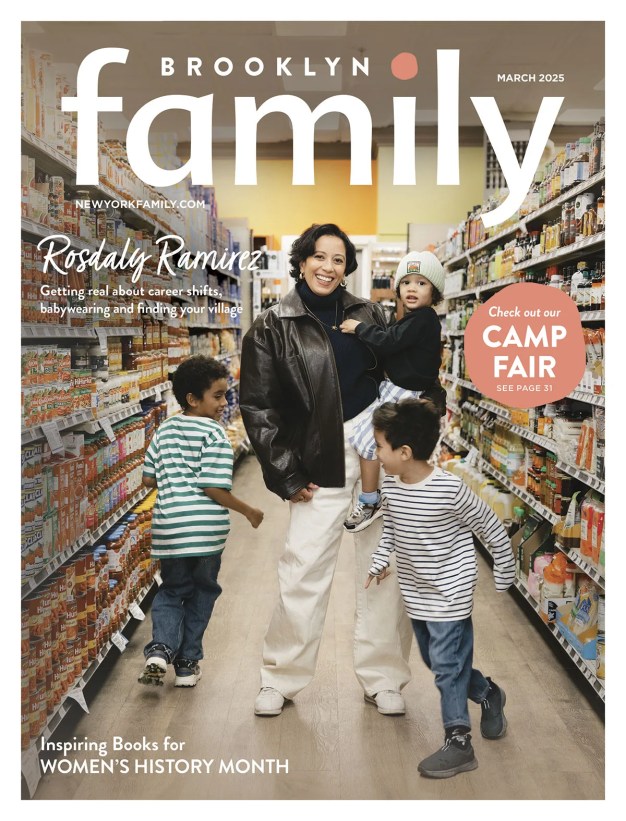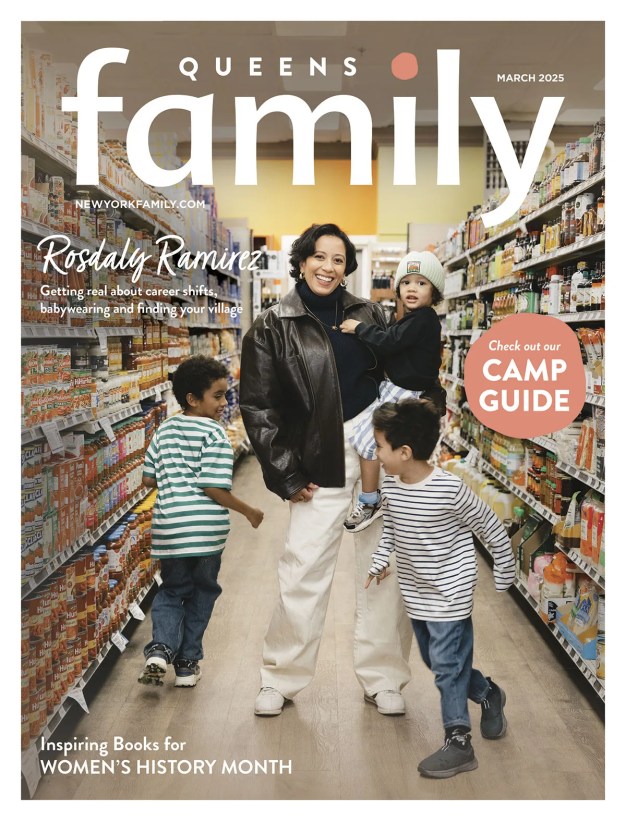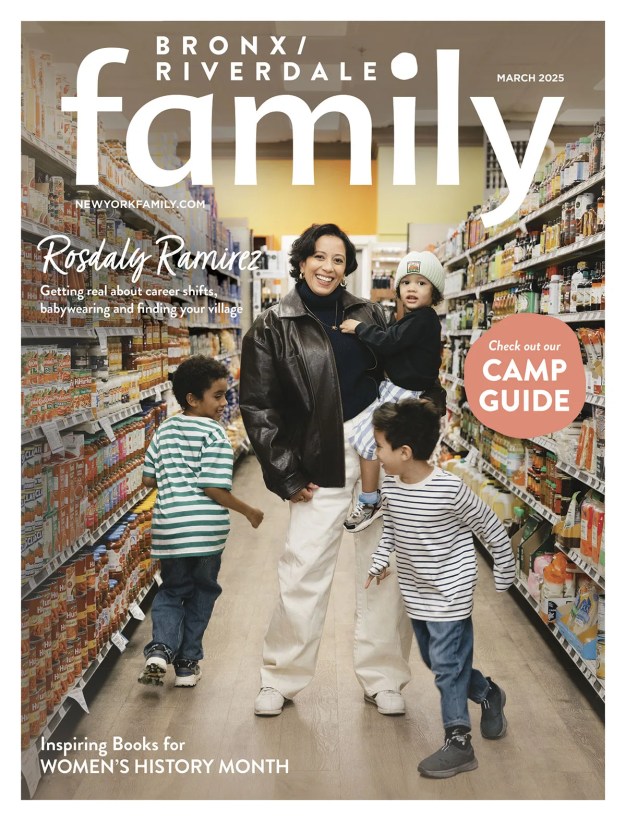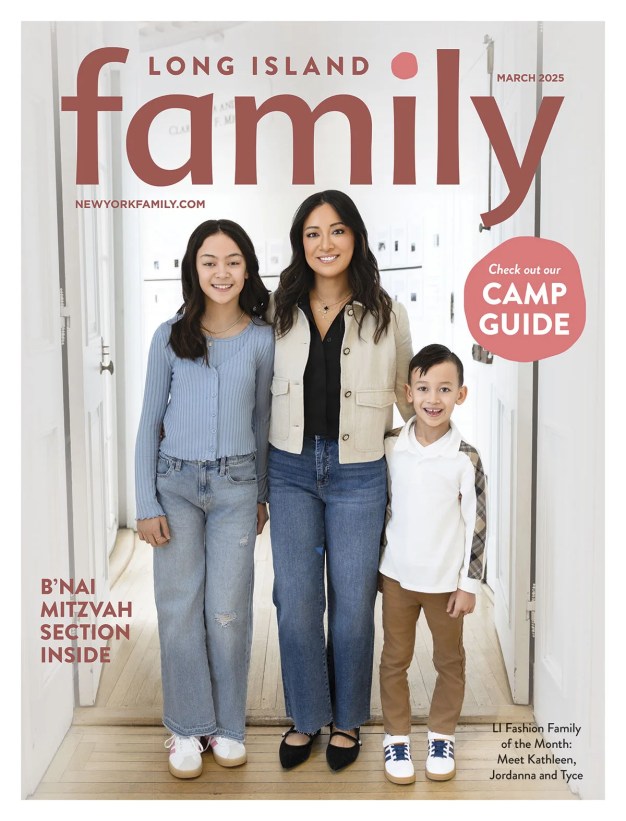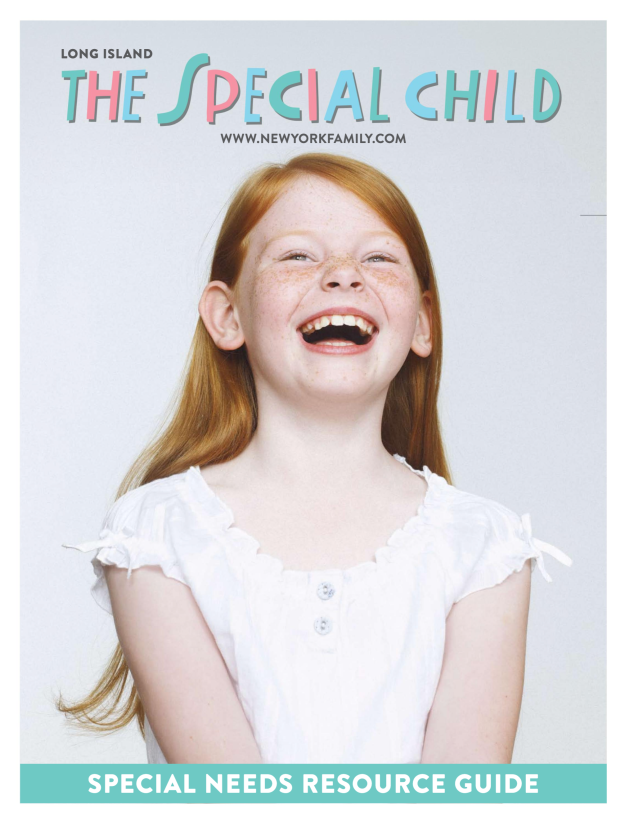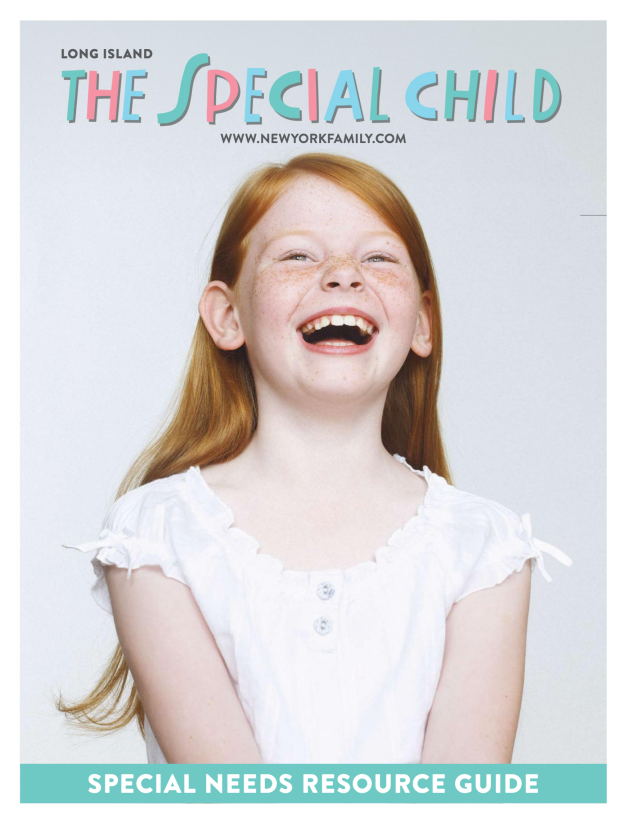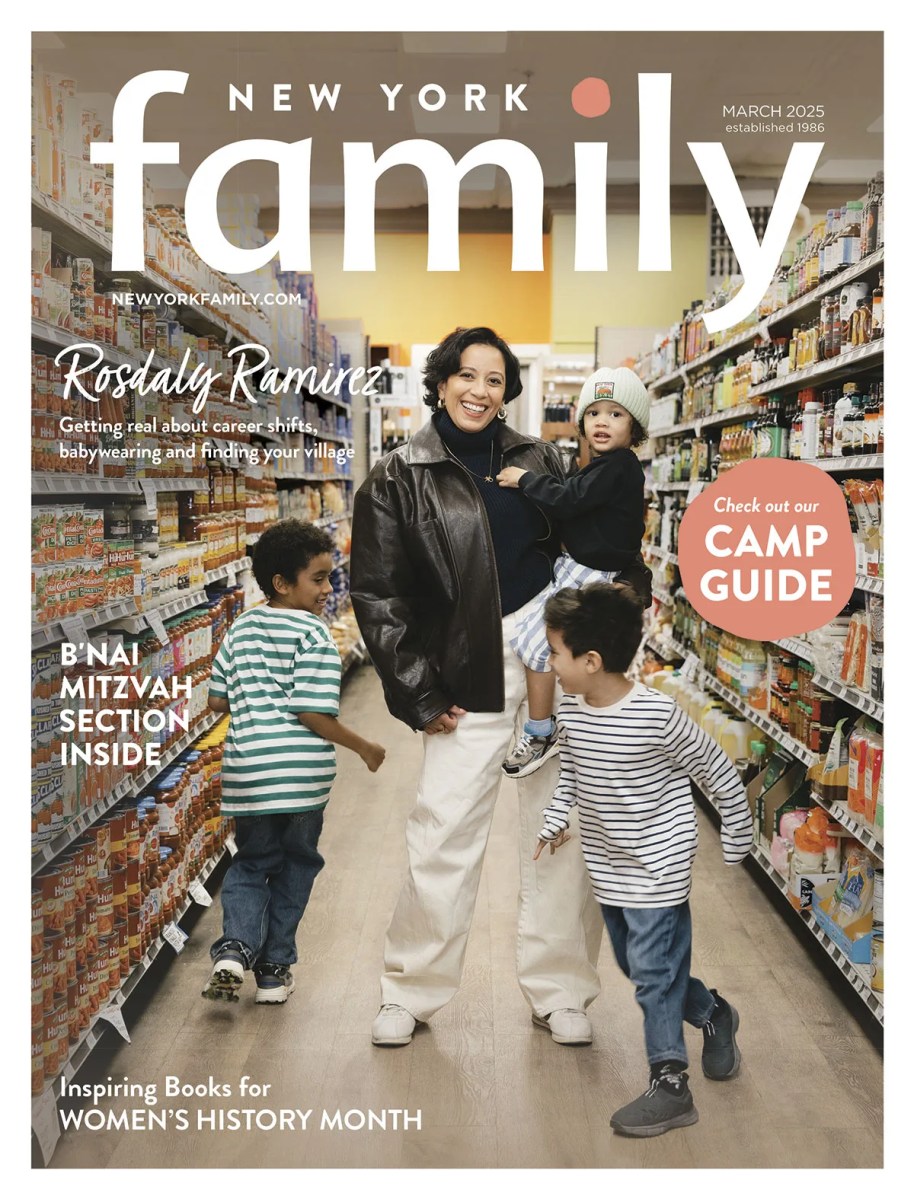
Editor’s note: For a guide to where to shop for kids’ furniture, click HERE!
As the saying goes, we New Yorkers have everything—except for that most precious commodity: Space. It’s hard enough to make a Manhattan apartment work when you’re single, but what happens when you have two or three kids sharing a cramped city bedroom? How do you create space for sibling peace and happiness?
Living in NYC, you need to be choosy about how to use your precious space and ruthless about avoiding clutter. However, a growing number of couples who once might have fled the city for a 3,000-square-ft home on Long Island, in Connecticut, or in New Jersey are now opting for half, or even a third, or that space in Manhattan or Brooklyn.
These trendsetters have chosen to say goodbye to the commute, and hello to more family time. It’s all about location over space and the ease of a maintenance-free lifestyle. City dwellers never have to worry about gardening, snow removal, and lugging garbage down the driveway. If done right, urban family living can be domestic bliss—or at least close to it.
The challenge is making tight city spaces work for a growing family—and with a larger apartment comes a larger price tag. Making matters worse, the number of available units for sale priced for less than $3 million has plunged, creating an inventory shortage that’s unlikely to be alleviated any time soon. Due in part, to high land and labor costs, developers typically focus on ultra-high-end condos that are often purchased by foreign investors for record-setting amounts.
According to recent research, the average list price for a Manhattan two-bedroom condo was $2.2 million, compared to the average three-bedroom, which listed for $3.6 million. A 2-bedroom co-op averages at $1.5 million, while a 3-bedroom is $2.2 million. These numbers are daunting even for many prosperous two-career couples. A recent monthly rental analysis issued in March found the average price for a two-bedroom Manhattan apartment was $3,941. The leap for a 3-bedroom apartment was $5,053.
So the question remains, how do you make a 2- or 3-bedroom unit with two kids, stocked with toys, work?

Most presume that each child should have his or her own bedroom. But most children do not like to be isolated when they’re young. The experience of sharing close quarters with a sibling can help children learn important life skills like how to share, deal with conflict, and respect another’s personal space.
Are the social and developmental benefits of shared bedrooms a consideration for local parents? To find out, I first spoke with one local family:
Adrienne and John Lebow have demanding full-time jobs downtown, and live in Tribeca with their two boys, a 3-year-old and a 6-month-old, in a 2-bedroom apartment. Like most couples, they question their next move. Should they remain urban or decamp to the suburbs? How do they shush the older sibling while the baby naps? Is it possible, they constantly wonder, to have a peaceful family life within the confines of a small apartment?
However, these parents also see social benefits to having their two kids in one bedroom. They just wish they had a third bedroom for live-in help. “It would make our lives easier to juggle and better economic sense,” the couples says. For now they manage with evening and weekend sitters in addition to day care.
Sura Rozenberg, a mother-of-three in Washington Heights lives in a 2-bedroom apartment with her 6-year-old, 4-year-old, and 3-month-old sons. Even the toys live in the kids’ bedroom, as scattered pieces “drive her crazy” in the living room. The kids’ bedroom is not pretty, she says, but it’s highly functional. Sura, a school psychologist uses shelves and tons of bins for easy access and for everything to have a home. Dawn, another city mom, houses toys in the living room, rather than in her kids’ bedroom, arguing that otherwise during bedtime they are too tempted to get out of bed and keep playing.
Roberto Gil’s design business, Casa Kids, will transform any bedroom for 1-4 kids with the goal of making their living quarters happy. His aesthetic is clean and functional, marrying practicality with space for fun. From a crib on wheels to bunk beds, shelves, desks and storage, his birch wood designs are customized. “There is no one size fits all,” Gil says. In a two-bunkbed room for four sisters, he gave each child extra-high bed rails and individual light switches to create a sense of privacy. With children of different genders, Gil solves the privacy issue by creating cabinetry that divides the room in half while serving each kids living, studying, and storage needs. He welcomes children to his Brooklyn showroom and factory to participate in the design process.
Nicole Fuller, a high-end interior designer, creates inspiring environments for kids even in small spaces. “Even in townhouses the bedrooms are often tiny,” says Fuller who creates whimsical designs reflecting the kids’ sense of identity. Their spaces are transformed with stations, bookshelves and user friendly toy storage. Fuller uses materials like cork boards to enable kids to display and express their evolving interests and hobbies.
She and other designers say that for urban family living, size can matter less than a workable layout. City dwelling begins with the family’s needs, continues with wants and is complete with expression of personal tastes. With creativity, a growing family can make sharing a small living space work beautifully. Best of all, they have New York City as their backyard. It might not always be easy, but most city parents agree that the lifestyle and opportunities available to their children in New York making living here worth the effort.
Wendy Kantor is a Real Estate Agent with Citi Habitats. She serves her clients—with buying, selling, renting, investing—and introducing the best of each neighborhood in this great city. She is the author of the “Grandmommy in the City” newsletter, founder of the “ Ladies in Business Networking” groups and sits on the board of several New York cultural institutions. She can be reached at wkantor@citihabitats.com or 917-392-1900.
